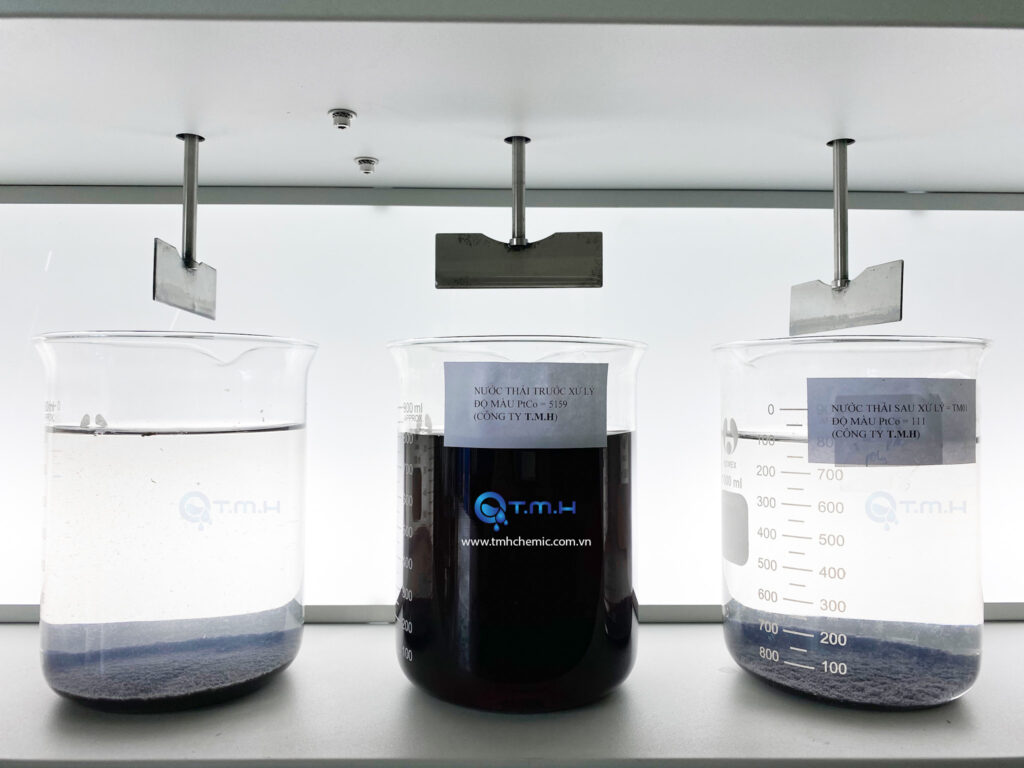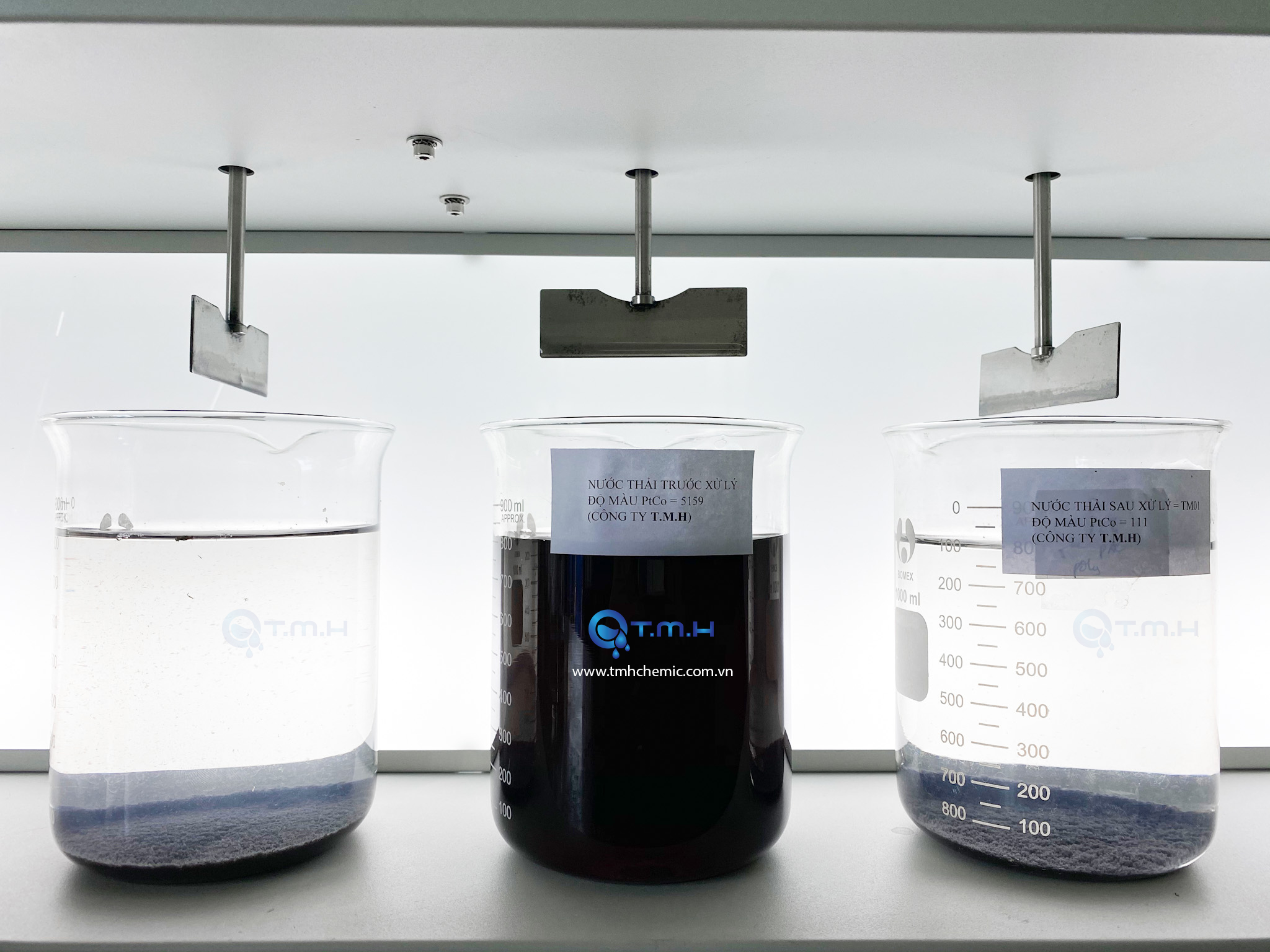Jartest in Wastewater Industry: A Comprehensive Guide to Jartest

Jartest is an essential process in the wastewater industry that helps determine the optimal coagulant and flocculant dosage for efficient wastewater treatment. In this article, we will provide a comprehensive guide to jartest, including the coagulant treatment used, the chemical to aid coagulant and flocculant processes, and the main purpose of jar test.

Main Purpose of Jar Test:
The main purpose of the jar test is to determine the optimal dosage of coagulant and flocculant needed to achieve the desired level of turbidity removal in wastewater. The jar test simulates the coagulation and flocculation process on a small scale and provides a quick and cost-effective way to determine the optimal dosages before implementing the process on a larger scale.
How To conduct a Jartest:
Fill six to eight identical jars with equal volumes of wastewater samples. Add varying dosages of coagulant and flocculant to each jar, and changes the dosage in each jar. Stir the jars at a constant speed and time intervals, and allow them to settle for a specified time. Measure the turbidity of each jar using a turbidimeter or visual assessment, and record the optimal dosage that achieves the desired level of turbidity removal.
To ensure accurate results and avoid misconduct, it’s essential to use identical jars and maintain consistentence. It’s also crucial to perform the test in a controlled environment to eliminate external factors that may affect the results, such as temperature and humidity. It’s also recommended to perform duplicate or triplicate tests to confirm the optimal dosage and reduce the risk of error. Finally, it’s crucial to follow the standard procedures and guidelines provided by regulatory bodies such as the EPA to ensure the accuracy and reliability of the results. By following these tips, wastewater treatment professionals can conduct a jar test with confidence and optimize their coagulation and flocculation processes for efficient wastewater treatment.
Coagulant Treatment Used in the Jar Test:
The coagulant used in the jar test depends on the characteristics of the wastewater being treated.
Common coagulants used in the wastewater industry include: alum and its derivative novelty as polyaluminum chloride (PAC).
Chemical to Aid Coagulant and Flocculant Processes:
Wastewater Decolorizing and Flocculant Agent TMH-01 derived from TMH/TH series of TMH Trading Produce Co.,Ltd is a commonly used chemical in the coagulant and flocculant process. This chemical not only helps improve the efficiency of coagulation and flocculation by enhancing the settling rate of the flocs, but also remove the color factor of the wastewater. The dosage of this chemical varies depending on the wastewater’s characteristics and the coagulant used.
Reference video:
Sum up:
Jartest is essential in the wastewater industry that helps determine the optimal coagulant and flocculant dosage for efficient wastewater treatment. In this article, we have discussed the coagulant used in the jar test, the chemical to aid coagulant and flocculant processes in which fasten and remove color, and the main purpose of the jar test and how to make it possible to everyone to do. By understanding these concepts, wastewater treatment professionals can optimize their coagulation and flocculation processes and achieve efficient and cost-effective wastewater treatment.

